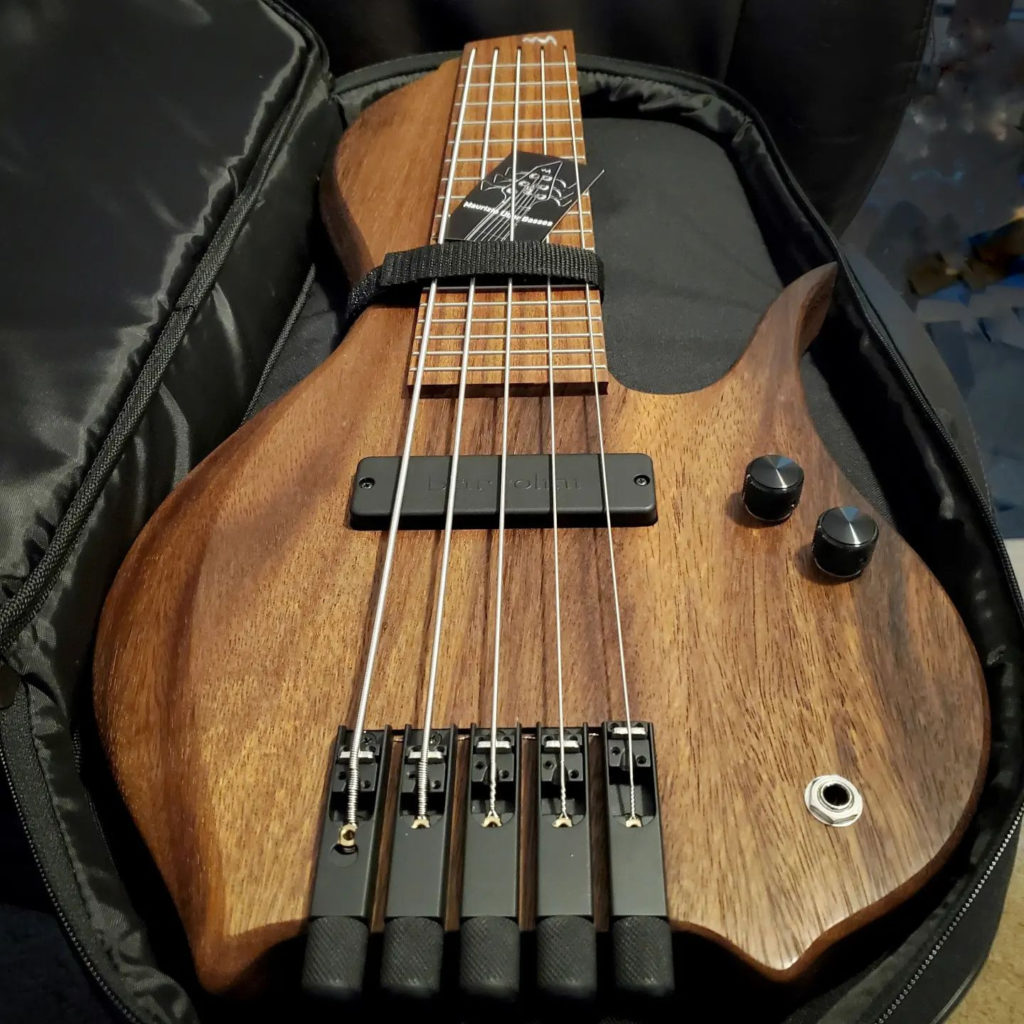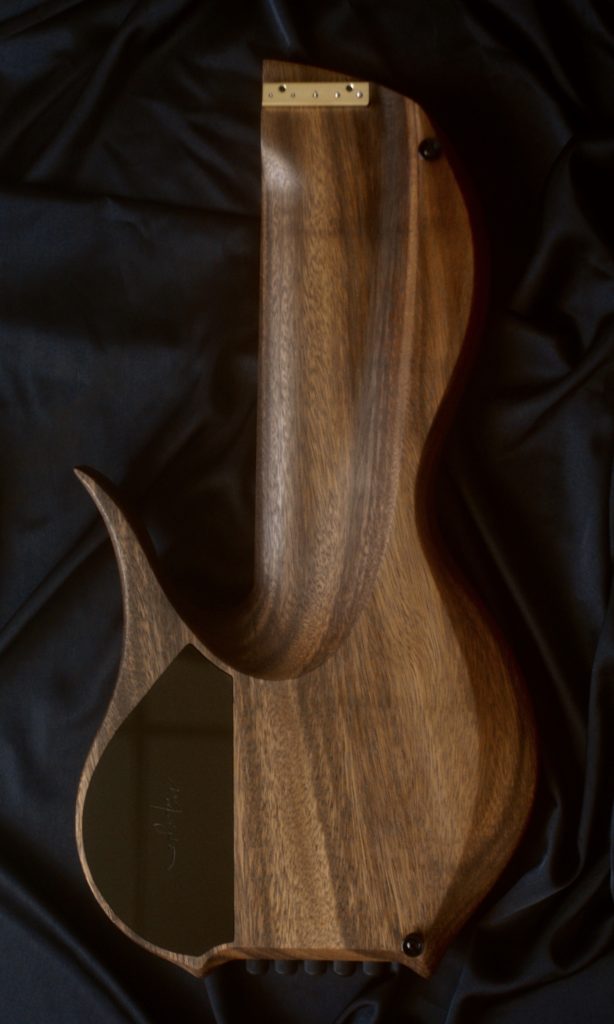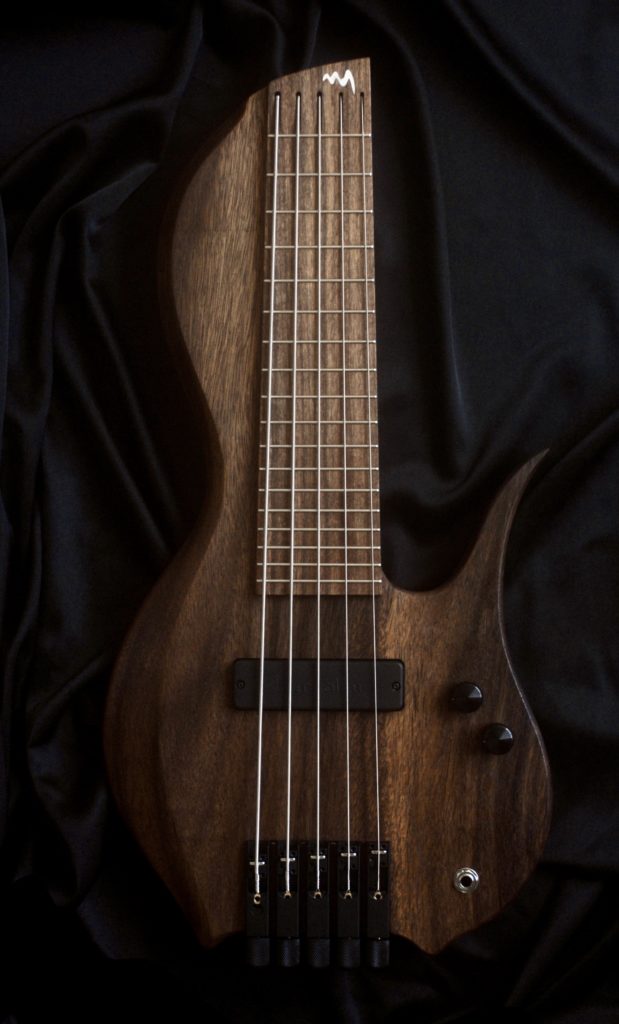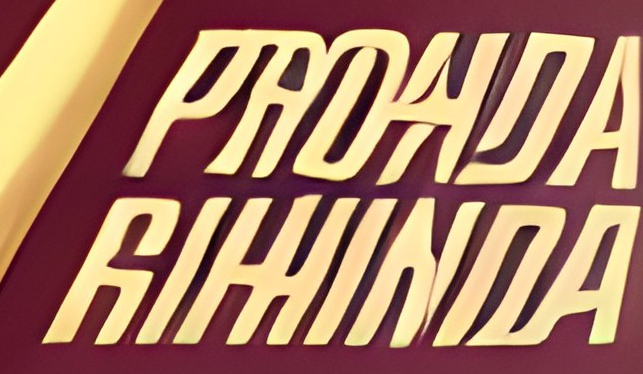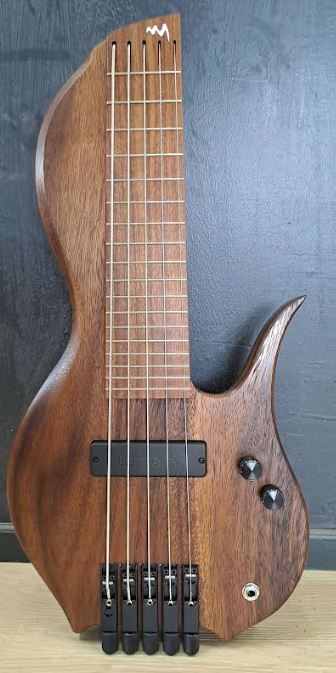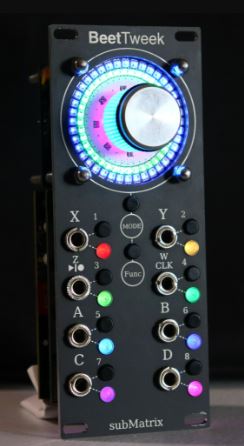I’m eagerly/worriedly tracking the shipping progress of the Miezo, and learning a little Malaysian geography in the process. Kuala Lumpur is apparently a huge “greater metropolitan area”; within it, Petaling Jaya is the home of Maurizio Uber Basses and DHL’s airport is in neighboring Subang Jaya. From there, the instrument went to DHL’s hub in Hong Kong and passed through customs. But I just got a notification “Entry has been rejected by Customs Authorities” in Cincinnati. “An attempt will be made to correct the entry and resubmit to Customs. A DHL representative will attempt to contact the consignee/importer or shipper if further information is required.”
Yep, nervous nail biting here. There is a bunch of paperwork for shipping musical instruments — the regular custom form but also CITES and USDA declarations about the wood, because of international restrictions on several protected tree species. There was a problem with some varieties of rosewood which led to confiscated guitars etc. in the past. The laws have been updated a bit but apparently there are still hassles to deal with. Hopefully this gets straightened out quickly.
[UPDATE] turns out the problem was wrong wood declared on the form. Corrected versions were sent to DHL and it should hopefully move along without much delay.
Earthquaker Afterneath arrived a couple of days ago. It lives in the (liminal) space between delay and reverb, even more so than Desmodus, Electus, Supermassive, etc. It can be a little strange to control, with some controls that aren’t super intuitive and some odd choices about which ones have CV control and which don’t.
But the Reflect Send/Return jacks give it a huge advantage over the pedal version. I found that putting Mutable Instruments Blades in that feedback path for combined distortion and filtering bears incredible fruit — whether it’s kept static, or modulated with an LFO, envelope and/or pitch tracking. Beads is also a great choice for a shimmer effect that I actually like. Also the Send makes for a very useful second output for stereo use, and Return can act as a second input to mix in other audio sources. (One could cross-patch feedback from the main output for instance.)
I’m not sure how I feel about the Fluidity modular strategy. To rack Afterneath, I pulled out Mimeophon. But I love Mimeophon, will want it back in there very soon and am curious to see how the two modules play together. So I think it’s Marbles that is going to be set aside for now. With Synchrodyne finally shipping, that’s going to go where Inertia is. I could see things potentially sticking that way for some time and not actually fluidly switching modules around after all. I may put the odd ones out into the Pod60 and occasionally bring that out for them to have a go. Or maybe my habits will change, especially with more options to move around.
The Stormlight Archive books pretend to be about honor, but they are much more involved with trauma, guilt and past mistakes (both on a grand historical scale and a personal level), and functioning despite being broken. They make pretty dark reading a lot of the time. But there are moments of humor and moments of absolute glory.
There’s a point in the third book where a character is dealing with their pain, and somehow through a combination of humility and confidence, acceptance and defiance, it emerges into incredible triumph. It’s intense. It made me want to stop and cry, but I couldn’t stop because it was a super exciting chapter with a ton of stuff going on all around. Brandon Sanderson loves to infuse his worlds with secrets, but his writing is not at all subtle, it’s hammer-blow impactful. And that’s what I like about it.
I know I’ve probably made that point before, but… yowza.
I just got called by the Endoscopy Center. The physician had to take medical leave, and my rescheduled procedure needs to be re-rescheduled. At least this time it wasn’t a last minute emergency and I haven’t gone through the bowel prep stuff.
Are your noodles too long?
I’m not going to call out anyone specific, but when I listen to peoples’ shared musical creations in ambient, drone, and/or experimental areas, I often find they’re just too long. They are engaging for a while. But they keep going after they’ve already said everything they’re going to say.
They say you should always leave your audience wanting more. Leaving your audience wanting less strikes me as a kind of failure.
They say you should always leave your audience wanting more. Leaving your audience wanting less strikes me as a kind of failure.
To me, a piece of music needs to have an evolution or story arc — change in what Curtis Roads calls the “macro time scale.” This may or may not be the same thing as “form” — the verse/chorus structure of pop and folk songs, the forms of classical and baroque music, and so on. Even pure drone pieces should, I think, have some kind of buildup or shift over time, though it may be subtle and gradual. If not, they need some other way to keep your interest up for the length of the piece.
One could argue that ambient music isn’t necessarily supposed to demand your attention. Okay, fine, but… music just shouldn’t be boring. It should be engaging if you choose to pay attention, but that type of ambient music (or music “used” ambiently) may permit your attention to wander.
When I set up for my recordings, I prepare for this evolution in advance by having multiple voices I can bring in; some are fairly static drones, some are modulated or textured a bit more, some have sequences, and some I have to play myself. Sometimes, this still yields a piece that feels like it goes on too long with too little of an arc. Editing can sometimes make it right, and if not, there’s always the delete button.

